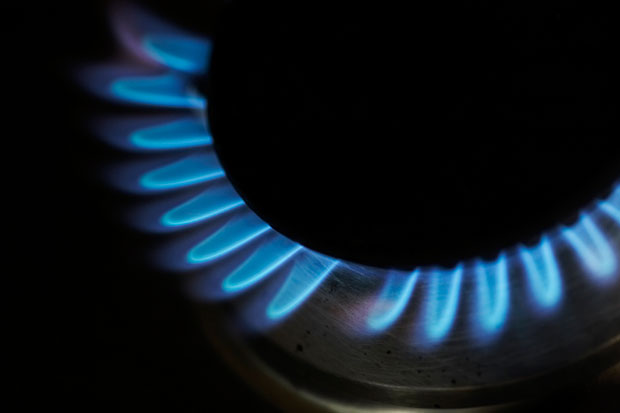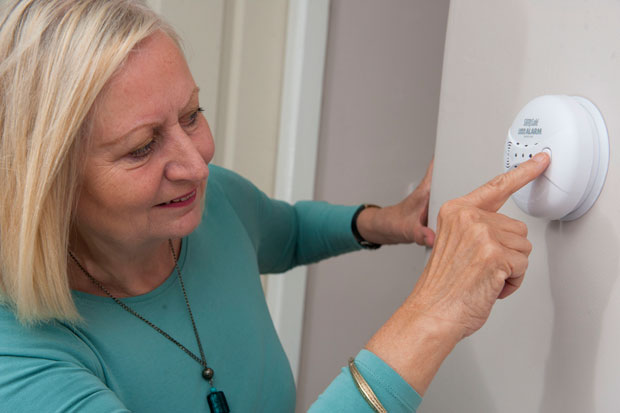Carbon Monoxide Poisoning – Know The Dangers

Carbon Monoxide Poisoning – Know The Dangers
Carbon monoxide poisoning is very dangerous but because the gas is colourless, odourless and tasteless it is very difficult to detect if you have a leak and it can easily be inhaled without you realising. If you’re exposed to high concentrations of carbon monoxide it can be fatal or cause several other serious long-term health problems like brain damage.
Every year, over 200 people go to hospital with suspected carbon monoxide poisoning and about 40 of these people die.
Know the warning signs
Carbon monoxide leaks are usually caused by incorrectly installed or poorly maintained household appliances such as cookers, heaters and central heating boilers. A blocked flue or a chimney can also cause the levels of the gas to rise to lethal concentrations in enclosed environments.
Other than having your appliances professionally inspected regularly, there are also things you can do yourself to protect your home and your family. One thing is to have a carbon monoxide reader installed and to make sure to often check that its batteries are working. Another thing is to know the warning signs to look out for. They include:
- A cooker flame that is yellow or orange. The gas flame should be crisp and blue and if it’s not you need to get your cooker checked.
- Dark staining around appliances might indicate a leak.
- Sooty marks on the walls around your boiler, stove or the cover of the gas fire need to be investigated.
- Pilot lights that frequently go out might mean something is wrong.
- An increase in condensation inside windows is another warning sign.

In an emergency
Having a functioning carbon monoxide alarm in your home is very important since it is more likely to detect a leak before you do and will also warn you in the night if there’s a leak, when you wouldn’t normally notice being asleep.
If your alarm sets off or you smell gas, you need to act very quickly and immediately stop using all your cooking and heating appliances, gas and electric. Make sure the room is well ventilated by opening doors and windows to let fresh air in. If you have access to your gas isolation valve, then turn it a quarter turn so that the lever is at 90 degrees to the upright gas pipe. Then phone the National Gas Emergency Service on 0800 11 999. The professionals will be wearing carbon monoxide respirator masks when entering your home.
The symptoms of carbon monoxide poisoning
Knowing the symptoms of carbon monoxide poisoning could save your or a loved one’s life. There are six main ones to look out for and they are:
- Headaches
- Dizziness
- Nausea
- Breathlessness
- Collapse
- Loss of consciousness
The symptoms are very general and can easily be mistaken for flu, food poisoning or exhaustion but carbon monoxide is, of course, much more dangerous. If these symptoms only happen when you are in your house and they go away or improve when you leave your home, then that might indicate a carbon monoxide leak.
If you suspect that someone in your house has inhaled carbon monoxide then make sure that they get fresh air immediately, turn off the appliance and leave the house. If you think you’re in danger phone the National Gas Emergency Helpline on 0800 11 999. Seek medical attention as soon as possible, either by visiting your GP or the hospital and let them know that you suspect carbon monoxide poisoning.
Never try to fix a leak yourself, this is a job for Get Gas Safe registered engineers.
National Gas Emergency Service – 0800 11 999
Save the phone number for the National Gas Emergency Service on your mobile phone and put it on your fridge. Inform your family about the information in this post so that you all know the signs and symptoms in case of an emergency. Don’t forget to check that your carbon monoxide alarm is working and if you don’t have one, get one now. It could save your life.
Corgi HomePlan are campaigning for every home to have their own CO detector and they’ve created a microsite to help families be aware of the dangers of gas appliances in their own home. Check it out here.
I will receive a carbon monoxide alarm as a thank you for writing this post.




